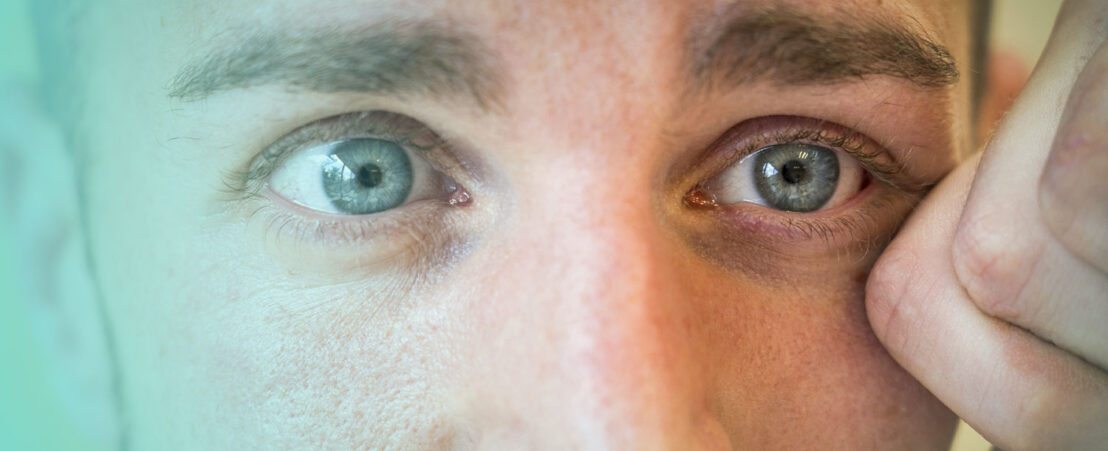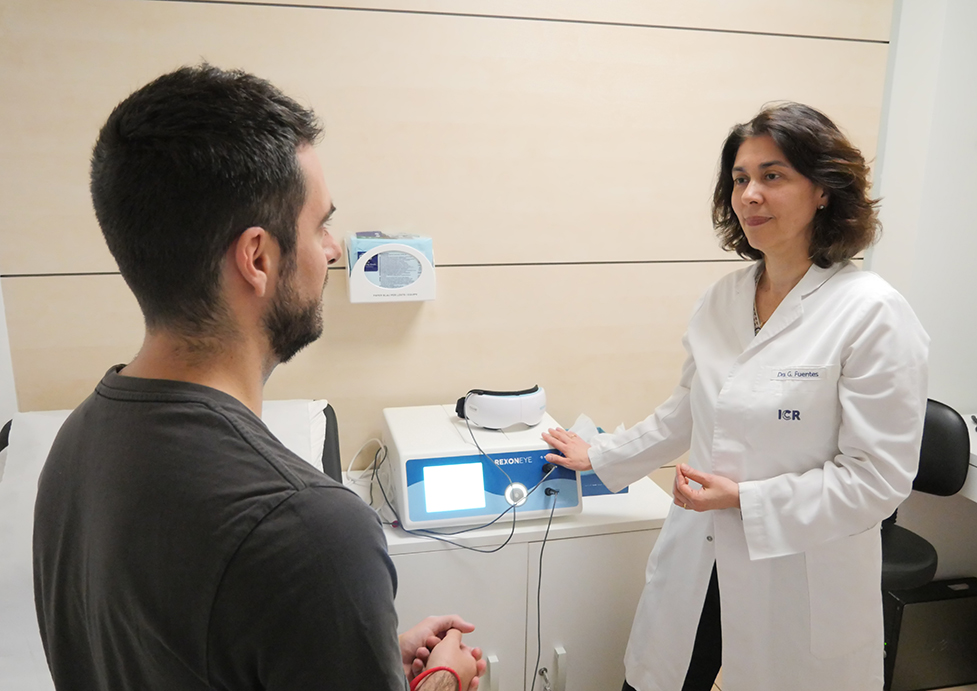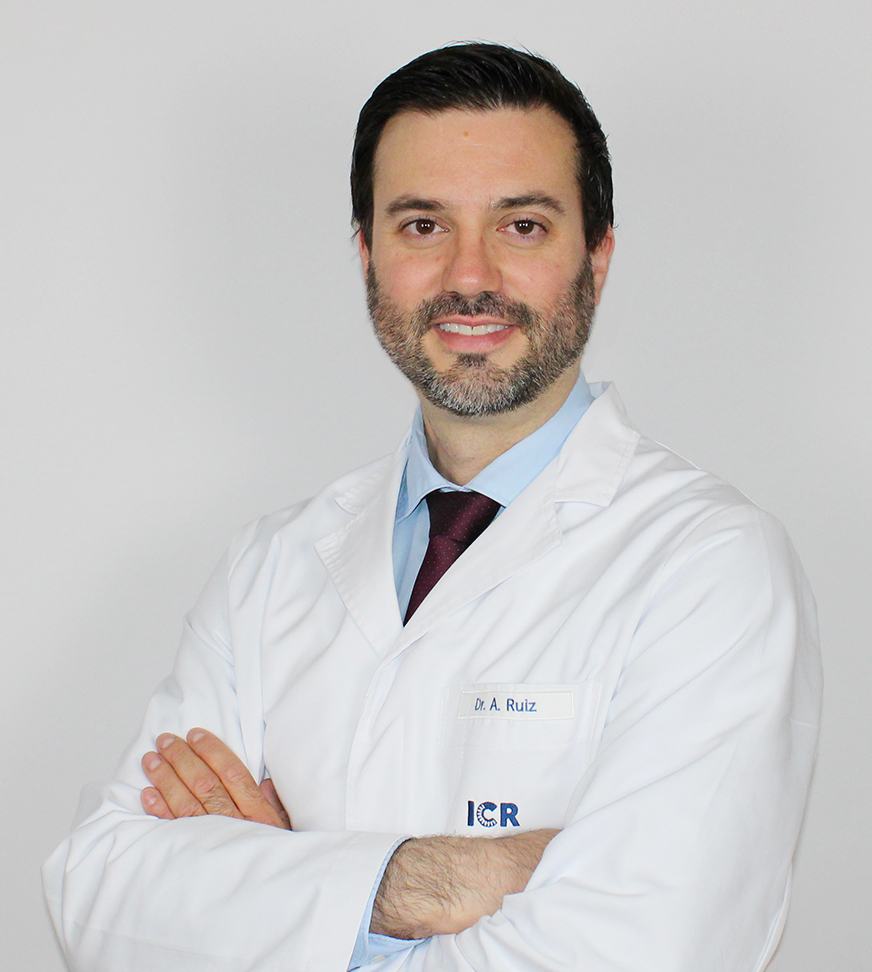
Dry eye syndrome is a common eye disease that occurs when there is a lack of lubrication and moisture on the surface of the eye, either because the tear is insufficient or of poor quality. The patient suffers discomfort such as itching, a feeling of sand in the eyes, eyestrain, blurred vision or photosensitivity. In the most severe cases, it can cause severe visual problems and even lesions on the ocular surface.
This condition, also known as keratoconjunctivitis sicca, is suffered by about 5 million people in Spain and about 100 million people worldwide. It usually appears in both eyes and is more frequent among women, especially beyond the age of menopause.
The origin of this discomfort is a malfunction of the meibomian glands located in the upper and lower eyelid. These sebaceous glands are the ones that secrete lipids that serve to moisturize and lubricate the eyes and, at the same time, prevent tears from evaporating the tear film that covers and protects the eye.
The ICR Cornea Department has the most innovative, safe and reliable technology for the proper diagnosis of dry eye and for the determination, in a personalized way, of the treatment required by each patient.
The symptoms of dry eye syndrome are, in addition to dry eyes:

These symptoms may worsen due to environmental factors and, in case of presenting any or several of them, it is necessary to see an ophthalmologist as soon as possible.
Nowadays, dry eye affects a large number of people and is one of the most frequent disorders in ophthalmological consultations.
Although it can affect anyone, dry eyes are more common among women, especially beyond the age of menopause, or in people living in large cities where air pollution levels are higher. Some studies also show that in higher altitude areas, this condition is more common.
There are mainly three types of dry eye:
The main problem for the diagnosis of this syndrome is that it presents a very generic picture of symptoms, which could be associated with other common conditions such as an allergy or simply the aging of the person. For this reason, the diagnosis of the disease may be delayed until a thorough study of the symptoms, the composition of the tears and the functioning of the meibomian glands is completed.
Some of the diagnostic tests to be performed are:
As it is a chronic disease, the treatment for dry eye is personalized and long term, and requires an individualized assessment of each case and the study of the patient’s history.
It is relatively common for patients to feel that none of the treatments applied brings relief of symptoms, despite following all the guidelines indicated by the specialist. This is due to the fact that in many cases finding the best treatment may require a combination of different therapies and a continuous follow-up, as well as a change of habits, either in the diet or in the environment in which the patient moves.

Among the most innovative treatments for dry eye today, we find, on one hand, Quantum Molecular Resonance (QMR), which involves the application of electric currents at a specific frequency to regenerate the Meibomian glands and promote the efficient production of tears and lipids in the eye.
On the other hand, we offer a treatment with Intense Pulsed Light (IPL), which consists of applying thermal pulses around the eye to stimulate the Meibomian glands, restore their normal function, and reduce inflammation.
Both options are painless and significantly improve the quality of life for patients with dry eye.
Either of these options can be combined with other generic treatments, which usually include:
To avoid and/or alleviate the risk factors that cause dry eye syndrome, we can take a series of precautionary measures:
In any case, it will always be necessary to see an ophthalmologist to establish a personalized treatment if you notice any symptoms or discomfort in your eyes.

Contact us or request an appointment with our medical team.